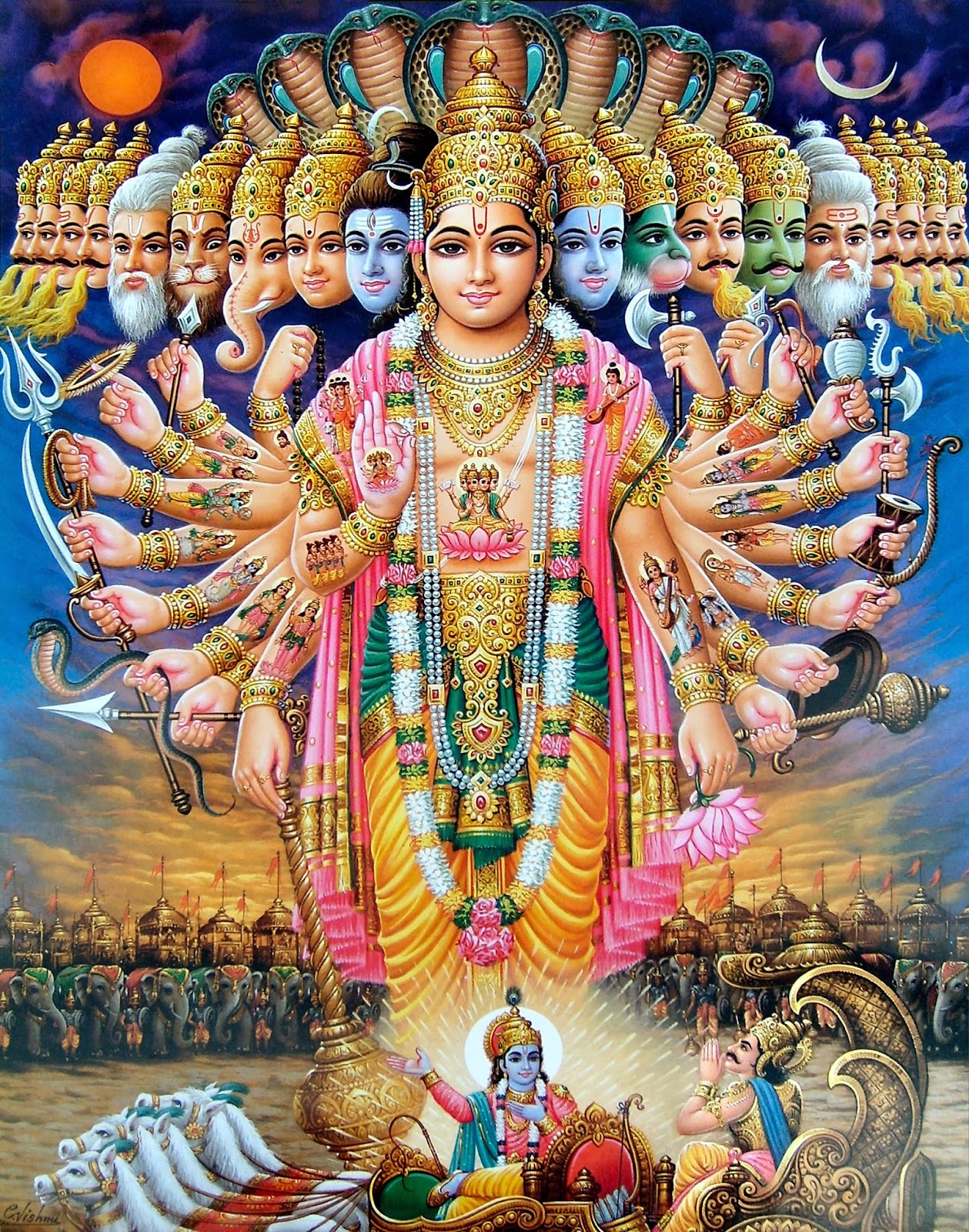"PURANAS"
Introduction:
The Puranas are of the same class as the Itihasas (the Ramayana, Mahabharata, etc.). They have five characteristics (Pancha Lakshana), viz., history, cosmology (with various symbolical illustrations of philosophical principles), secondary creation, genealogy of kings, and of Manvantaras (the period of Manu’s rule consisting of 71 celestial Yugas or 308,448,000 years). All the Puranas belong to the class of Suhrit-Sammitas, or the Friendly Treatises, while the Vedas are called the Prabhu-Sammitas or the Commanding Treatises with great authority.
Vyasa is the compiler of the Puranas from age to age; and for this age, he is Krishna-Dvaipayana, the son of Parasara.
The Puranas were written to popularise the religion of the Vedas. They contain the essence of the Vedas. The aim of the Puranas is to impress on the minds of the masses the teachings of the Vedas and to generate in them devotion to God, through concrete examples, myths, stories, legends, lives of saints, kings and great men, allegories and chronicles of great historical events. The sages made use of these things to illustrate the eternal principles of religion. The Puranas were meant, not for the scholars, but for the ordinary people who could not understand high philosophy and who could not study the Vedas.
The Darsanas or schools of philosophy are very stiff. They are meant only for the learned few. The Puranas are meant for the masses with inferior intellect. Religion is taught in a very easy and interesting way through the Puranas. Even to this day, the Puranas are popular. The Puranas contain the history of remote times. They also give a description of the regions of the universe not visible to the ordinary physical eye. They are very interesting to read and are full of information of all kinds. Children hear the stories from their grandmothers. Pundits and Purohits hold Kathas or religious discourses in temples, on banks of rivers and in other important places. Agriculturists, labourers and bazaar people hear the stories.
----------------------------------------------------------------------------------




Comments
Post a Comment